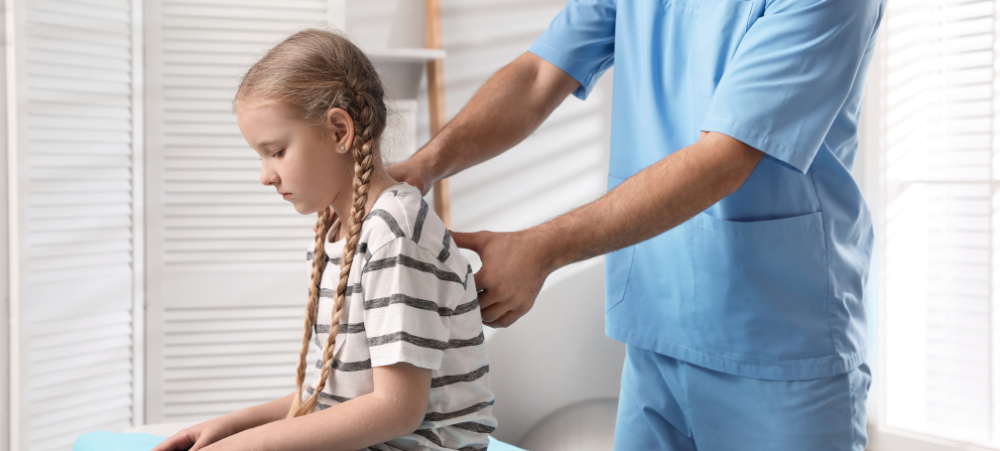
Benefits of Card & Number-play for Kids
It would be challenging, if not entirely impossible to find someone that has never played a card-game. Card playing appears to be one of the oldest and most traditional pastime activities for all ages. They have not only proven to improve motor and cognitive skills in children, but also encourage hours of family fun as well as multiple therapeutic benefits when used by Play Therapists. The earliest reference of card playing took place in China in the 10th century, but there is no record of how the cards were made of how the games were played. Though history has it that Italy and Spain were probably the first European countries where cards were played, these cards were hand-painted and therefore regarded as luxury items only available for the rich. Since then, the cost of card production was reduced significantly and their availability and popularity only grew, making them favourites over other traditional games. Benefits of playing with cards Although playing cards is a good way to pass the time, and is not only entertaining but also relaxing, there are a whole list of hidden learning opportunities for children as well as cognitive stimulating opportunities for the elderly. In fact, recent studies have shown that playing cards with children has an entire series of educational and emotional benefits. Card games can help children develop their motor skills Dexterity and eye-hand-coordination is practiced by playing, manipulating, shuffling, and sorting cards during a game. A simple action of holding a few cards in a small hand can help young children develop motor skills. The ability to move quickly and easily can also be developed in card games such as Skip-bo where a player needs to simultaneously place, draw from a deck, and hold cards during the game. Card games can enhance cognitive skills There are many cognitive skills triggered by playing card games. From memorising to matching numbers, pattern recognition as well as the promotion of more complex mathematic concepts can all be promoted in one single game. Increasing levels of difficulty can also practice a child’s ability to focus longer and concentrate better. Planning skills are triggered when the game allows for the opportunity to find different ways of winning as most card games allow some room for new, as well as more experienced players. In that way the play can be extended for many years as little children can play with the help of an adult in the early years and progressively develop into an independent player as their skills develop. Skip-bo is a game where the basic skills of counting and concentrating is cognitively stimulating without being too challenging for the very young or the elderly. Card games foster emotional intelligence Card games allow children to take part in healthy, friendly competition in the safe, familiar environment of the home. Achieving the goal of winning or experiencing the despair of losing are both feelings that can be processed by the players. Patience and fair play can be fostered from early on and card games are extremely useful to do that. All card games require communication, negotiation, taking turns, comprehending rules, and challenging each other. These skills and character traits can all be practiced with something as simple as playing a game of cards. Benefits of colours and numbers on cards Research studies recently showed that the pairing of numbers during a card game significantly improves the ability of children to recognise, show and mention number symbols. Numerical comparison, colour or shape-matching card games were also shown to improve a child’s numerical identification skills, as well as how to compare the value of the symbols. It’s fair to say that parents can confidently assist their children to learn basic mathematical concepts such as number recognition and comparing by playing games such as Skip-bo. Play therapeutic benefits of number card games Therapists working with children during play therapy often makes use of card games to have fun and build a therapeutic relationship or to facilitate a process whereby children can learn, express, and grow emotionally. Typically, card games work so well for relationship building as the act of card playing is safe, playful, and familiar to most children. It helps them to relax in the therapy session and “open up” with less inhibition. There are many ways in which the numbers and colours in card games can be utilised during psychotherapy for children. Slight changes to the original card game can offer opportunities to make use of certain colours or numbers to allow for children to answer certain questions pertaining to specific feelings. For example: if you place a red card on the table you need to think of a time that you were angry, while a blue card might allow for the child to talk about a time when he was sad. Numbers on cards can be used to teach new skills. For example: If a child pulls a nr. 3 from a deck of cards, they should think of three ways to relax during a time of stress. Or nr. 3 could mean to answer the third question from a different pile of emotion cards that is offered at the same time. Card games can even be used during online play therapy with children. With so much social distancing, staying-at-home periods during this pandemic, as well as online therapy now becoming a reality, cards might as well top the list for good old fashion social, emotional and cognitive stimulation. It may be the cheaper and healthy alternative to electronic games and offer an excellent opportunity to limit screen time.


































